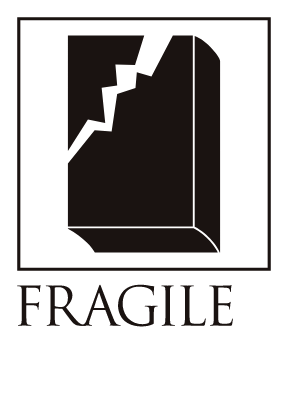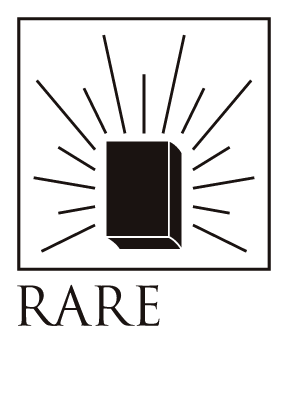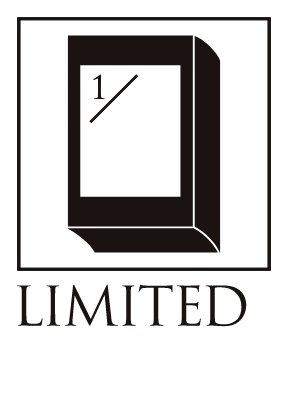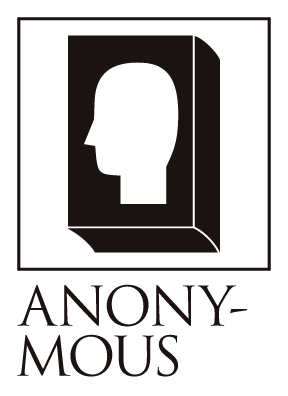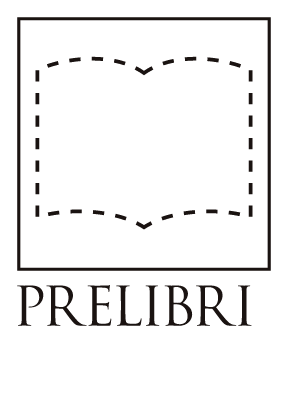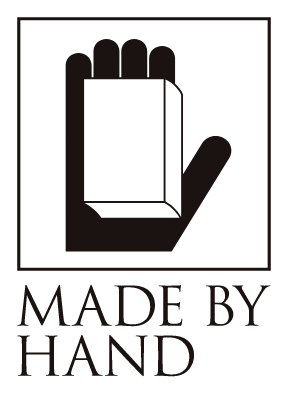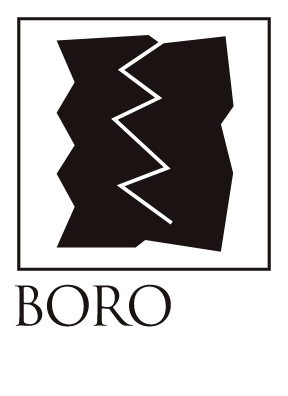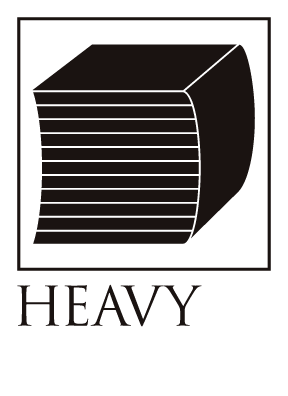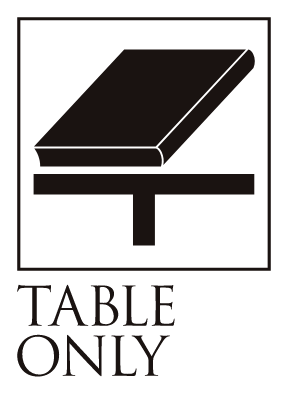Tabacco Toraiki
Bibliographic Details
- Title
- Tabacco Toraiki / たばこ渡来記
- Author
- Sumio Kawakami / 川上澄生
- Images
- 10 hand-colored woodblock prints / 手彩色木版画10図(タイトル含む)
- Publisher
- Boccaccio Private Press / 朴花居蔵版(私家版)
- Year
- 1943 / 昭和18年
- Size
- h237× w162 × d17
- Pages
- 10 pages
- Binding
- Detcho-so / 粘葉装
- Printing
- Hand-colored wood type / 手彩色木活字本
- Materials
- Japanese paper with shipping carton / 和紙、拵帙
- Edition
- Limited 50 copies / 限定50部
- Condition
- Fine
Great smoker
For ladies and gentlemen who love smoking
A book I'd like to give as a gift.
Who was Sumio Kawakami?
He is an English teacher by day and a printmaker by night.
First, he was a poet.
Throughout his life, he kept his distance from both the poetry and art worlds.
It became the home of the Nanban people and the beginning of civilization.
I was obsessed with writing books.
He lived what appeared to be a very ordinary life.
The artist, Kawakami Sumio, was born in Yokohama in 1895. His father was a rather fashionable gentleman who had an eye on the outside world, having worked as editor-in-chief of a trade newspaper in Yokohama and travelled to America to work on farmland reclamation. He moved to Tokyo when he was about three or four years old, and after moving around the downtown area several times, he attended the elementary school attached to Aoyama Normal School, and then entered the junior high school of Aoyama Gakuin. In his class was Goda Koichi, whose father was Goda Kiyoshi, who brought the technique of small-scale woodblock printing back to Japan from France. This acquaintance, together with seeing the woodblock prints depicting the customs of southern barbarians in the Azuchi-Momoyama period in the frontispiece of Kinoshita Mokutaro's "Izumiya Dyeing Shop," led to the birth of the printmaker Kawakami Sumio.
After spending his youth submitting his own poems and comic strips to the same "submission magazines" that many painters and poets hailed from, a turning point came when he graduated from Aoyama Gakuin's senior high school. He lost his beloved mother and also experienced his first heartbreak. Feeling desperate, Sumio's father asked him if he would like to go to Canada, and at the age of 22, he traveled alone to Victoria, Canada. The pretense was that he was going to finish up the farmland reclamation project that his father had left undone, but in reality, he was traveling without any particular destination. While traveling to Seattle and Alaska, he received news that his younger brother had fallen ill (he died before returning home), and so he returned to Japan. He was a wanderer for less than a year.
After returning to Japan, he moved from one job to another without finding a permanent position, but at the age of 26, he got a job as an English teacher at a junior high school under the old Japanese system, and was assigned to Utsunomiya, Tochigi Prefecture. From then on, he taught English and baseball to students at the school during the day, and spent his evenings writing poetry and printmaking. Although he called himself a "lazy person," he continued his life as a teacher while also devoting every spare moment to creating woodblock prints, a lifestyle that he would continue for the next 50 years.
I was once a poet
Secretly, I still consider myself a poet.
Must a poet always write poetry in words?
Now I entrust my poetry to painting.
How pitiful! My poetic sentiments are not poems but paintings.
Preface to the collection of poems "My Psalms"
1956 (Showa 31)
Yanagi Muneyoshi, who lived in the same era, wrote the following in the magazine Kogei: "As if remembering something, I always take Kawakami's picture books and prints out of the bookshelf or drawer and look at them. This is because they give me a world to enjoy. I have a lot of chores to do, but thanks to Kawakami, I am often able to enjoy the benefit of losing track of time. When I look at them, a sense of joy, familiarity and interest quietly approaches me. Sometimes I can't help but smile. I can play with the picture books as well. Beauty may have many different aspects, but I am grateful that there are things that represent this kind of state of mind. Kawakami's works teach me a new way of looking at life."
Furthermore, in a special feature on Kawakami Sumio in the May 1939 issue of Kogei, Munakata wrote: "Through Kawakami Sumio's prints, my own prints have changed form countless times, moving and tumultuous at times, and I have come to this day to be in times and prints where I knew not my place. I cannot put into words how deep and boundless the debt of gratitude I owe to Kawakami Sumio is."
It is a well-known story that Munakata Shiko discovered his own woodblock prints after being impressed by Kawakami Sumio's "Early Summer Wind" (1926). Inspired by Van Gogh, Munakata Shiko came to Tokyo from Aomori to become an oil painter. He dreamed of being selected for the Teikoku Art Exhibition (now the Nitten Exhibition), but he was constantly rejected and was troubled. One day, he happened to encounter "Early Summer Wind" at an exhibition. In front of Kawakami Sumio's masterpiece, which combines poetry and prints, he said, "Oh, it's so nice, so nice," and was unable to suppress the feeling of his mind and body stretching. Soon after, Munakata Shiko turned to printmaking. Then, "Yamato Shi Utsukushii" (1936), which combined words that tell the story of Japanese mythology with prints, shook the art world, and through "Yamato Shi Utsukushii," he also met Yanagi Soetsu and members of the Mingei Movement.

Early Summer Wind(1926)
Before he was a printmaker, Kawakami Sumio was a poet and a man who lived a modest life. There was no barrier between poetry and prints, and his style, which blended poetry and paintings, was poetry to read and poetry to look at. Having taken root in Utsunomiya, Kawakami Sumio advocated "creative prints" of self-drawn, self-carved and self-printed works together with Onchi Koshiro and others, and deepened the world of private books with his unique prints, publishing a little press like a fanzine with the participation of students and releasing private editions limited to a dozen copies from his own private press. In the end, he was a printmaker who was more determined than anyone to make a "book."
The subjects and motifs of his paintings, such as pocket watches, lamps, globes, specimens, Nanban ships, and old maps, exude the scent of the arrival of the Southern Barbarians and the beginning of modernization. His wonder and curiosity about foreign lands continued throughout his life. Later, looking back on his own unique style of painting, he reflected that it was influenced by the strange scenery that only Japanese people have, even when looking around the world. For example, Japanese people wearing top hats, crested hakama, and shoes, soldiers in formal attire driving rickshaws, and Christian samurai waving a cross flag on the battlefield. He even felt nostalgic for the Japan that did not find the mismatched customs strange at all, saying that there was a "dissonant harmony" in the way that Japanese people have naturally adapted foreign cultures since ancient times while incorporating them into their own culture. For Kawakami Sumio, the Japan that "might be my hometown" was in the Nanban-style scenery.
Speaking of "The Arrival of Tobacco," this book is an extremely rare private book, published in the fall of 1943 (Showa 18) through his own private publishing company, "Bokkakyo," in a limited edition of only 50 copies. As a woodblock print, it is known to be the 21st of the 77 books he produced in his lifetime. "Bokkakyo" comes from the name of his home and studio, located in front of Tsuruta Station in Utsunomiya. He planted a magnolia tree in the garden of his home, and named his house Bokkakyo after the Italian poet Boccaccio.

By the way, the autumn of 1943, when this private book was compiled, was a time when the situation in World War II was getting worse. It was a dark and dreary autumn, when a send-off ceremony for students was held at the Meiji Jingu Gaien Stadium, the predecessor of the New National Stadium, which was also the main stadium for the recent Tokyo Olympics, and as many as 130,000 students were drafted into the battlefield as students.
At that time, there was a strong trend to prohibit the use of English as an "enemy language," which is a language spoken by an enemy country. The newspaper media also encouraged people to "eliminate the Anglo-American color from their signs," and tried to thoroughly eliminate anything of American or British origin. "Baseball," which Kawakami Sumio taught at Utsunomiya Junior High School, was no exception. In order to avoid "baseball itself" being banned by society and the country, a rewording of baseball terms was issued in the spring of 1943. A series of Japanese translations of "batter," "runner," "walk," "straight ball," "fly ball," and "shortstop" had already been translated by Masaoka Shiki around 1890, and it was decided to continue with the same style of Japanese translation. A strike was translated as "good one," strike two as "good two," a foul as "no" or "out of range," and an out as "hike" or "no action." The order to rephrase the call was so sudden that in the next game the umpire mistakenly said, "Strike... I mean, one," causing laughter from the audience.
Anyway, in such a difficult wartime situation, they published a limited edition, handmade Nanban-style book on the subject of "tobacco," which is of Western origin. Tobacco (tobacco) is an imported product, just like castella (egg sugar), kappa (raincoat), juban (underkimono), meriyasu (monkey), velvet (velvet), buttons, and karusan (hakama), and it entered Japan as a Portuguese word and gradually became Japanese. At the time, there was a strong trend to thoroughly eliminate anything of foreign origin, especially American or British, and to promote purely Japanese nationalism.To the worldOne cannot help but sense the poet quietly rebelling, saying that Japan is indeed the "dissonant chord" that has adopted foreign cultures, and that there is no other Japan to which he can return.
Text by Osamu Kushida
[Reference books]
・Kawakami Sumio, Complete Works of Kawakami Sumio, Chuokoron-Shinsha (1979)
・Toshinobu Kobayashi, Biography of Sumio Kawakami, Shimotsuke Shimbun (2004)
・Catalogue "Playing Throughout History: The World of Woodblock Prints by Sumio Kawakami"" Setagaya Art Museum (2010)
・Catalog『Sumio Kawakami and the Gaze of a Crazy Teacher at Utsunomiya Junior High School"Kanuma City Kawakami Sumio Museum of Art(2011)
・Catalog『Shiko Munakata and Sumio Kawakami"Kanuma City Kawakami Sumio Museum of Art (1998)
